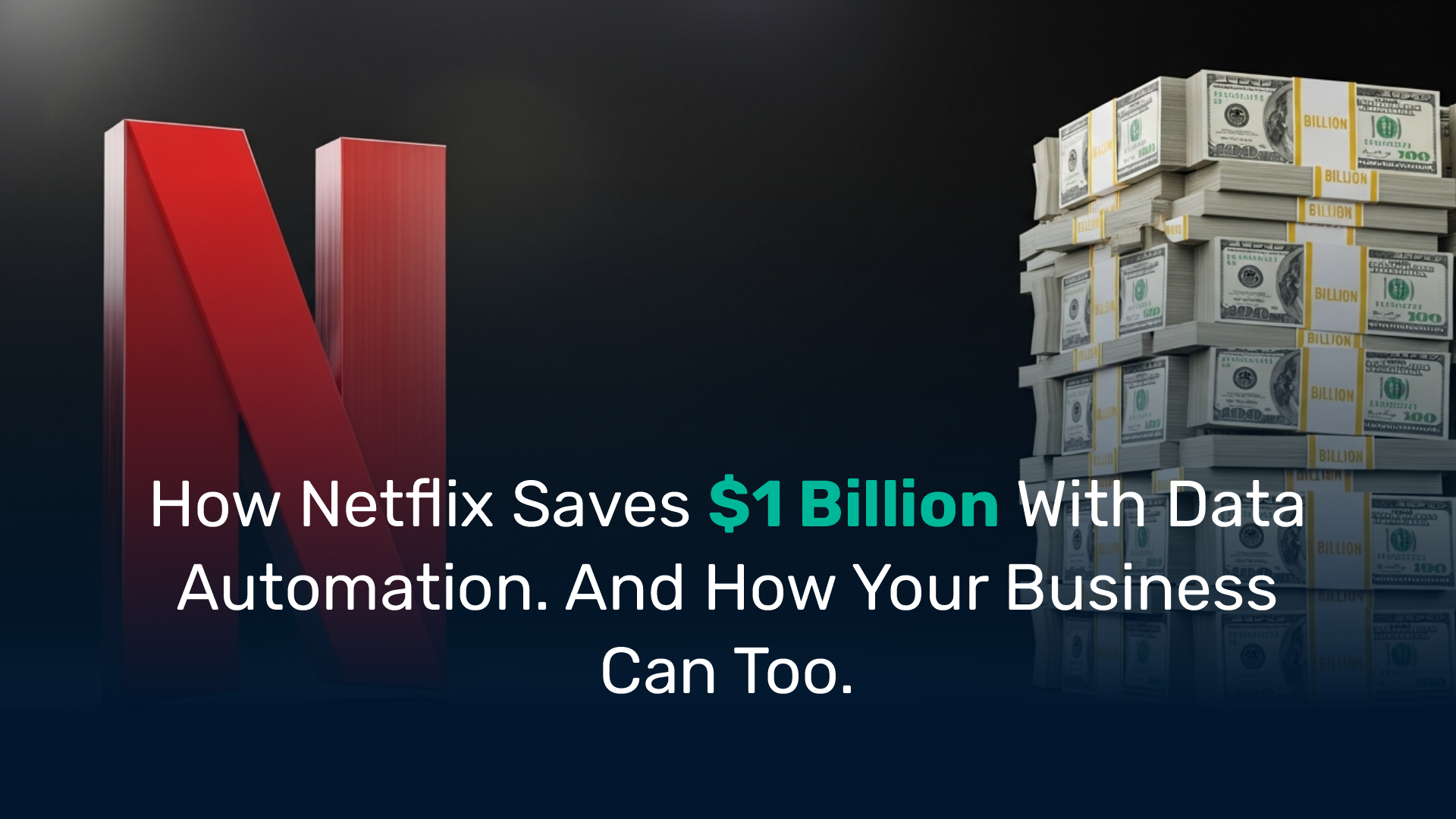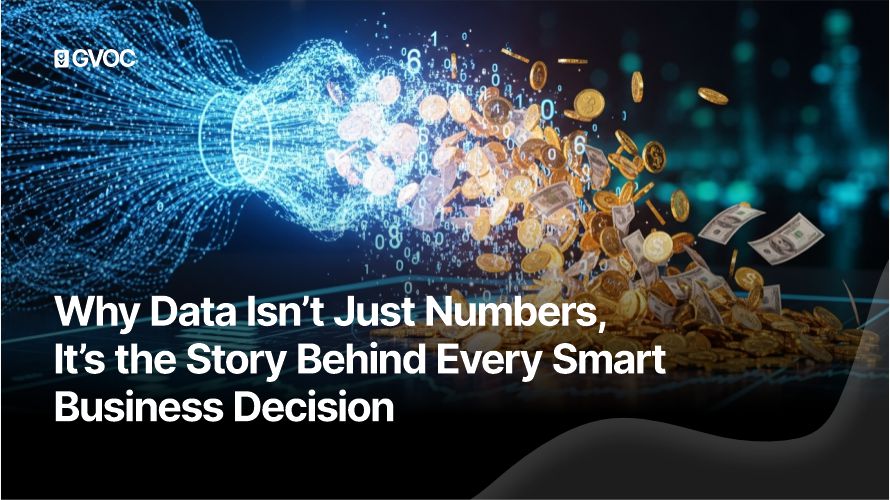AI Makes Data Analytics More Accessible to Everyone
One of the biggest changes AI brings to BI is data democratization – making analytics accessible beyond the IT and data teams. Modern AI capabilities like natural language processing (NLP) allow people to query data in plain English and get answers, without needing to know technical query languages or complex software. In practice, a marketing manager or sales leader can simply ask a question (as if talking to a colleague) and instantly receive the relevant data insight. This development reduces reliance on specialized analysts, enabling quicker and more autonomous decision-making across the organization. In essence, AI is turning data into insightful stories that any team member can understand and act on. By bridging the gap between complex data and everyday business questions, AI-powered BI tools cultivate a truly data-driven culture where more employees can participate in analytics.
From Descriptive to Predictive Insights
Traditional BI mostly looked backwards – it described what happened in the business. AI is transforming analytics by giving companies a forward-looking view. Machine learning algorithms excel at finding patterns in historical data and identifying trends that humans might miss, leading to more accurate forecasts of market shifts, customer behavior, or demand changes. In other words, BI is evolving from just describing past performance to predicting future outcomes. For example, AI-driven predictive models can analyze past sales cycles or customer purchases to anticipate what product demand or customer needs will be next quarter. Going a step further, AI is also enabling prescriptive analytics – not only forecasting what might happen, but suggesting the best actions to take in response. These AI-powered recommendations help business leaders proactively plan strategies (such as adjusting inventory or tailoring marketing campaigns) to capitalize on predicted trends. By moving from reactive reporting to proactive insight, AI-powered BI gives managers a strategic foresight that was hard to achieve with manual analysis alone.
Next-Gen BI Tools and Automation
Emerging next-gen BI tools leverage AI under the hood to automate and enhance many aspects of data analytics. In fact, AI-powered business intelligence tools today are enhancing the accuracy of insights, accelerating analytics, and enabling a level of predictive capability that was once unimaginable. These advancements mean that analysis which used to take days of number-crunching can now be done in minutes. AI can handle tedious tasks like data cleaning, combining data from multiple sources, and even summarizing reports. By automating routine tasks (such as scanning lengthy reports or generating dashboards), AI frees up human analysts and business managers to focus on interpretation and strategy. The result is a more streamlined analytics workflow, where insights come faster and with less effort.
Another powerful aspect of AI-driven BI tools is their ability to work in real time. Instead of waiting for weekly or monthly reports, AI systems can continuously monitor live data streams and alert decision-makers to important changes or anomalies as soon as they occur. For instance, if sales suddenly spike or a quality metric drops, an AI-augmented BI system could immediately flag it and even suggest possible causes. This kind of real-time, augmented analytics empowers businesses to respond to issues and opportunities much faster than before. Overall, these next-gen tools represent a new era of BI where automation and intelligence are baked into the analytics process, making it more efficient and powerful.
Smarter Decisions and Strategic Insights
By integrating AI, business intelligence is becoming not just faster, but also smarter and more consistent. AI systems provide analysis based purely on data patterns and facts, which can help remove some of the bias or guesswork that sometimes creeps into human decision-making. Unlike humans – who might have off days or subjective biases – AI offers steady, objective analysis, bringing a higher level of consistency to business decisions. Of course, the quality of these insights depends on having good, relevant data, but when fed reliable data an AI will apply the same rigorous logic every time. This consistency means that different managers across departments are more likely to make decisions from the same facts, rather than conflicting interpretations, leading to a more aligned strategy organization-wide.
Importantly, AI in BI is not about replacing the intuition or expertise of business leaders – it’s about augmenting it. In fact, the latest AI-driven BI advancements are not just augmenting human decision-making; they’re driving unprecedented changes in business operations, employee roles, and executive strategies. In practical terms, as AI handles data-heavy lifting, employees can shift toward more high-level analytical and creative work. Managers get to spend more time on why and what next instead of manually digging through spreadsheets. The insights from AI analytics can inform everything from day-to-day operational tweaks to big strategic moves, giving executives a sharper lens on where to steer the company. Companies that fully harness AI in their analytics stand to gain a significant competitive advantage – using smarter insights to invest wisely, streamline operations, and deliver better customer experiences than their rivals. In an age where data-driven decisions separate winners from laggards, AI-infused BI becomes a strategic partner for business success.
Enhancing Customer Intelligence with AI
Beyond internal operations, AI is also transforming how businesses understand and serve their customers. Customer intelligence – the practice of collecting and analyzing customer data to improve service and marketing – is supercharged by AI capabilities. For example, AI-driven analytics can sift through mountains of customer data (purchase histories, website interactions, CRM records, etc.) to identify subtle patterns or segments in the customer base that humans might overlook. This means businesses can discover new customer trends or preferences and tailor their offerings accordingly. Predictive analytics also plays a key role here: machine learning models can forecast customer behaviors, such as predicting which customers are likely to churn or what products a certain customer segment will want next. Having these forward-looking insights allows companies to take proactive steps (like targeted retention campaigns or personalized recommendations) to improve customer satisfaction and loyalty.
AI also unlocks insights from unstructured customer feedback that was traditionally hard to analyze. Using NLP, AI systems can automatically perform sentiment analysis on texts like social media posts, reviews, or survey responses to determine how customers feel about a product or brand. This gives managers a real-time pulse on customer sentiment at scale – essentially hearing the “voice of the customer” from millions of data points. By knowing what customers are happy or unhappy about, businesses can address issues faster and refine their customer experience. In summary, AI-enhanced BI tools help companies understand their customers on a deeper level, from anticipating needs to gauging emotions. This level of customer intelligence enables more personalized marketing, better service strategies, and ultimately stronger customer relationships – all crucial elements for business growth in a competitive market.
Embracing an AI-Driven BI Future
As we look ahead, it’s clear that AI will remain a cornerstone of the future of business intelligence. The most forward-thinking organizations are combining self-service analytics with AI integration to put advanced insights into the hands of every decision-maker. This synergy of easy-to-use BI and powerful AI ensures data is not only abundant but also actionable. To truly capitalize on this future, businesses need to invest in the right tools and also foster a culture that values data-driven decision-making. That includes training non-technical staff to trust and effectively use AI-driven insights, and maintaining strong data governance so that the information feeding AI systems is accurate and secure.
Ultimately, AI doesn’t make human judgment obsolete – it enhances it. Traditional BI gave us hindsight; AI-powered BI adds foresight and insight at a scale never before possible. Companies that embrace these AI transforming analytics trends are positioning themselves to navigate a fast-changing business landscape with agility and confidence. In contrast, those that ignore the shift risk falling behind. As one industry analysis put it, organizations must embrace these business intelligence trends and strengthen their foothold in today’s competitive and dynamic business environment to stand a chance. In conclusion, the future of BI is here, and it’s intelligent. By harnessing AI in data analytics, businesses can unlock deeper understanding, make smarter decisions, and drive success with a blend of human expertise and machine precision. The businesses that leverage this powerful combination will lead the way in the next generation of data-driven management.













.svg)





%202.jpg)
.svg)

.svg)





